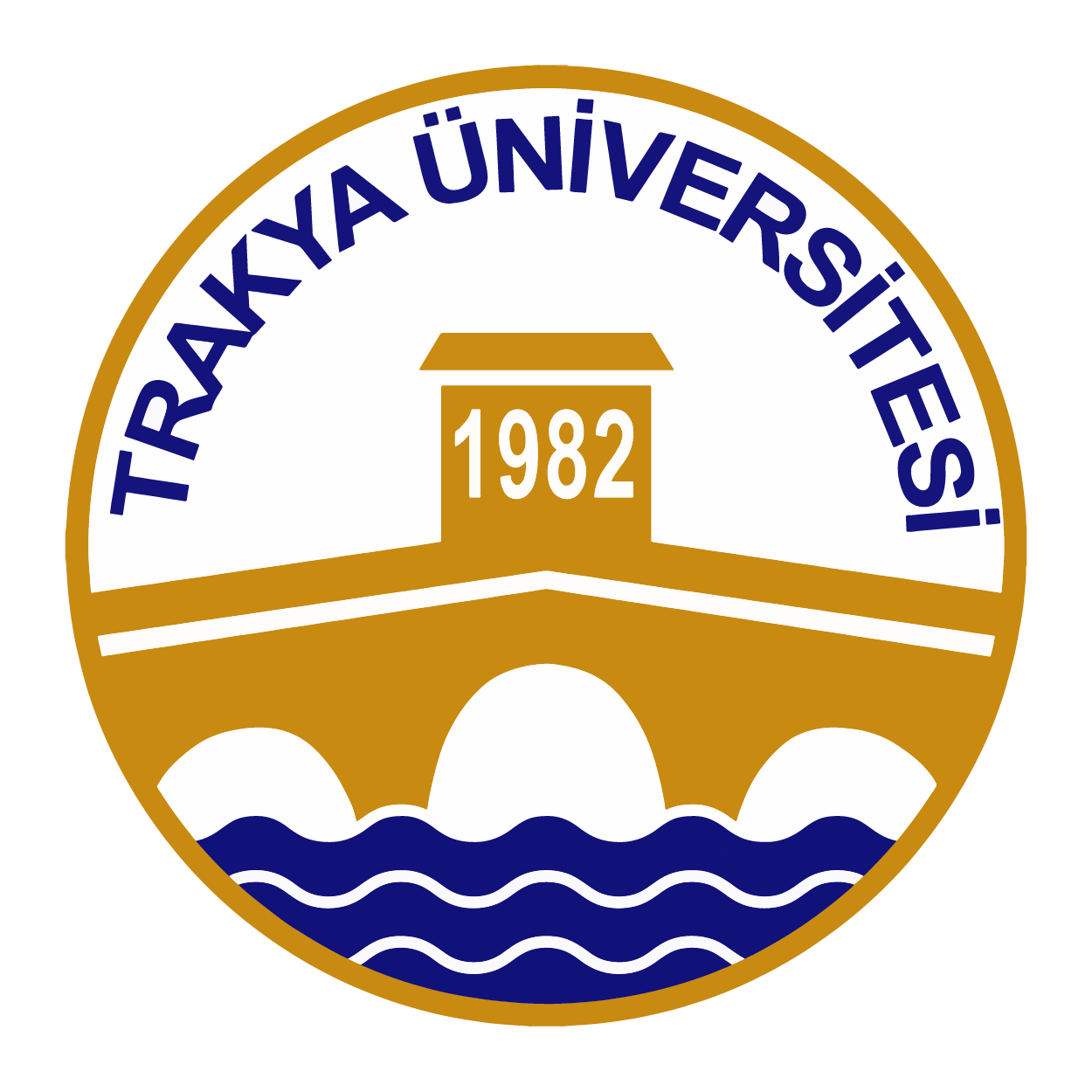Abstract
Natural products are being investigated to obtain potential agents that could be used to prevent and ameliorate obesity and oxidative stress, which are two important factors that cause many metabolic disorders in the body. This study aimed to isolate and quantify the major compounds, to determine total flavonoid content, and to evaluate biological activities (antioxidant and pancreatic lipase (PL) inhibitory activity) of the methanol extract and the chloroform, ethyl acetate and the remaining aqueous subextracts of Alcea biennis Winterl. The major compound isolated from the ethyl acetate subextract was determined as tiliroside (kaempferol 3-O-β-(6″-O-trans-p-coumaroyl-glucopyranoside) using 1D-NMR and 2D-NMR spectral methods. The quantification of tiliroside in the extracts was specified by the newly validated high-performance liquid chromatography (HPLC) method. Ferric-reducing antioxidant power (FRAP) assay was performed to determine the antioxidant activity and the total flavonoid content was determined. The ethyl acetate subextract was found to have the highest tiliroside (75.4263 mg/g) and total flavonoid content (189 mg QE/g) and showed the highest FRAP value (259 ± 5.1316 µM TE/g). The methanol extract had a higher PL inhibitory activity (IC50 = 100.891 ± 5.160 µg/mL) compared to the other extracts. Tiliroside exhibited higher activity (IC50 = 86.203 ± 6.323 µg/mL) than the extracts. It has been demonstrated that A. biennis may be a promising plant for treatment of obesity, and further studies should be conducted to evaluate it as a therapeutic agent.



